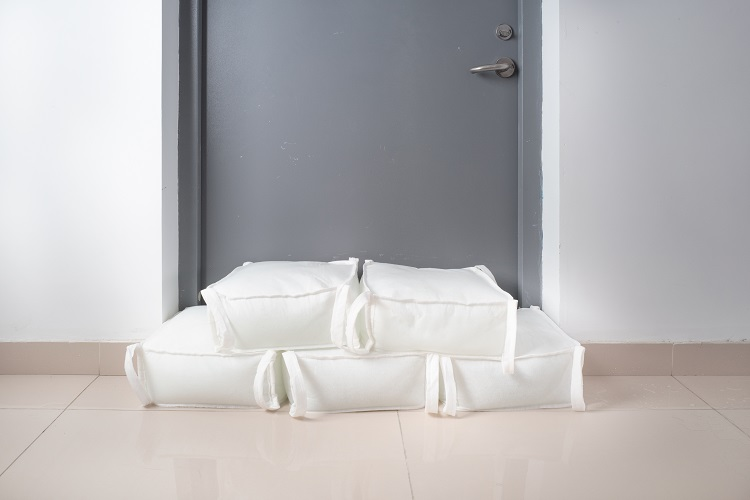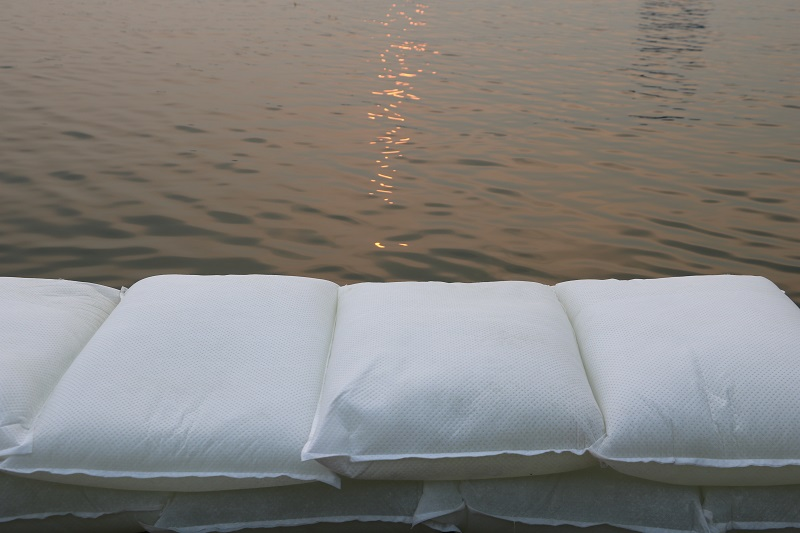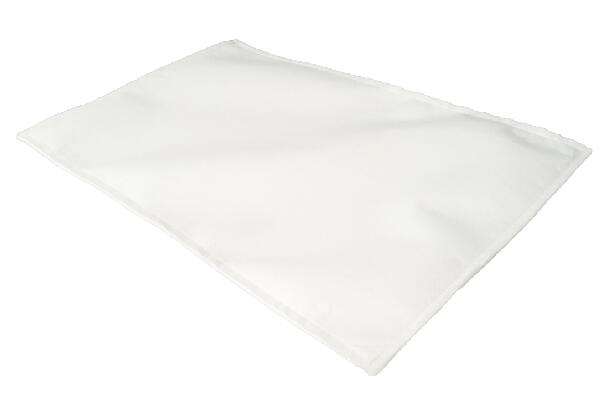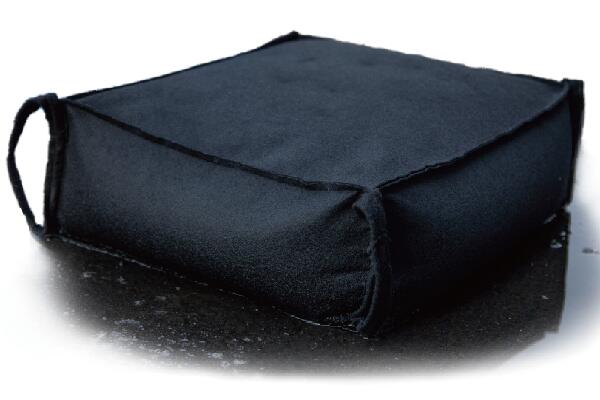The special early-maturing cowpea is one of the major summer vegetable production varieties in the southern region. It has an area of ​​more than 1,225,000 mu. In recent years, due to the serious harm caused by weeds in the field, the economic benefits of the early-maturing cowpea have dropped drastically. Herbicides have been used for weed control in some areas, which has led to excessive pesticide residues in products and reduced food safety. To this end, Hunan Institute of Special Vegetables carried out experiments on the ecological regulation of weeds in the special early-maturing cowpea fields and their effects on yield. The test results show that the best effect of weed control can be achieved by black mulch treatment. For cowpea growth and yield formation, cowpea in black mulch treatment grows rapidly, foliage is lush, leaves are dark green, and the growth period is long, and the yield is significantly higher than other treatments by more than 10%, whereas the initial flowering period of the white mulch treatment is early Black plastic film processing, and the earlier high yield. Choosing to use the ecological regulation method of weeds, for the farmers, to improve the early economic benefits can be covered with white plastic film, while the use of black plastic film coverage is suitable for large-scale cowpea industry or seed production. Now the test report is described as follows: I. Materials and Methods 1. Test Material: This test uses a special early-maturing cowpea 99-1 variety. 2. Test methods: The test was set to four treatments: black plastic film covering, white plastic film covering, manual weeding, and no weeding treatment (CK). Each treatment has 4 cells, each cell has an area of ​​4.5 meters and 1.5 meters, and the cells are arranged randomly. The growth and regularity of cowpea and the hazards of weeds were recorded. Manual weeding is done once every 10 days. The growth of cowpea and the growth regularity of weeds were recorded once every 5 days before scab, and once every 3 days after scab, the production and length of cowpea were recorded once. The test site was set up in the Biological Park of the Hunan University of Arts and Science, Changde City, Hunan Province. The soil in the test site was newly filled sand and gravel soil with low barrenness, low organic matter, and low fertility. Sowing on March 31, 2005, base fertilizer: urea 7.5 kg per mu, compound fertilizer 25 kg, superphosphate 50 kg. The seedlings were raised on April 6 and the growth of the plants and the formation of leaves were recorded on April 15. The formation of agronomic traits and yield was observed and recorded on June 4. From April 6th to July 7th, we observed the hazards of weeds and conducted data compilation and statistical analysis. II. Results and analysis 1. Analysis of the hazards of weeds in cowpea fields: The growth and damage of weeds covered with black plastic film in the four treatments, the damage of the weeds was lighter after the white plastic film was covered, and the weeds were manually weeded and not weeded. There are many species, of which weeds do not have the largest number of weeds, they are the most complex and the most serious. From April 15th to June 4th, the number of sedges in each treatment was the largest and the area was the largest. After June 4, Setaria viridis was the main weed and covered other weeds. The height of Setaria viridis covered by white mulch film and no weed control was more than 2 meters, which seriously affected the normal growth and yield of cowpea. It also inhibited the growth of other weeds. 2. Growth of Kidney Bean: The experiment showed that from April 15 to May 25, the treatment with black mulch covered the kidney with the best growth, with the largest number of leaves, dark green leaves, and late yellowing. White mulch film coverage and manual weeding growth followed by green leaves, yellowing earlier. Weeding treatment is the worst and the leaf color is light green. When the cowpea growth period approaches the end, the leaves first yellow; in the initial flowering period, the white plastic film covers the first flowering on May 15, followed by the black plastic film treatment, manual weeding treatment, and Herbicidal treatments have been successively flowering; at the beginning of the flood season, white mulch treatment took the lead on May 25, and all the communities on May 30 had blossomed and scarmed. 3. Formation of cowpea production: From the results of the trial, the yield of pre-maturing cowpea in the early and late stages was significantly lower than that in the middle period, indicating that the formation of the yield was mainly concentrated in the middle period, that is, June 16-25. The yield of black mulch film was significantly higher than that of the other three treatments, which was 35.4% higher than the non-herbicizing treatment. The average length of the pods was 76.5 cm, and the longest was 98 cm. The white mulch film coverage increased by 26.2% compared to no weeding treatment, and the average length was 74.1. In centimeters, the longest is 92 cm. Manual weeding increases yield by 20.9% over non-weeding treatment. The average length of goose is 76 cm, and the longest is 90 cm. The minimum weeding output is the lowest. The average length is only 72.1 cm. 87 cm. Therefore, the use of black mulch to cover the cultivation of cowpea not only increases the yield, but also has good quality and less rat tail. The results showed that the early yield of special early cowpea was followed by white mulch film coverage, black mulch film coverage, manual weeding, and no weed control, and the mulching film treatment had significant differences compared to manual weeding and no weed control, but there was no significant difference between manual weeding and no weed control. Analysis of variance found that there was no significant difference in the yield of this precocious cowpea in the middle and late stages and the whole growth period. Therefore, special attention should be paid to the early yield of special early-season cowpea. There are few early cowpeas on the market and the economic benefit is high. White plastic film has great significance for vegetable farmers. However, in terms of long-term interest, if it is used for large-scale cowpea production, or for seed production, black plastic film coverage is the best choice.
Spill Control Sandbags
Denilco flood control products are mainly used in municipal management, smart cities, water conservancy and drainage, construction, rail transit, factory property management, and relevant departments of emergency management bureaus;
Water absorbing expansion bag
Denilco water absorbing expansion bag has a wide range of applications and can be used for dam heightening and blockage, water containment and overflow prevention, engineering interception, blockage of hidden ditches and holes, reinforcement of flood control dams at any time, temporary flood control works such as urban waterproof sub embankments and block waterproof walls in flood control and emergency rescue. Before absorbing water, it weighs only 275 grams, and after 2-3 minutes of absorbing water, it can reach 20 kilograms. During emergency rescue, it can replace the soil source and quickly construct rescue projects to reduce losses caused by the lack of soil source on the rescue site and inability to rescue in a timely manner.
Specifications
| Name: Non woven water absorbing expansion ba |
Model: DP400 |
| Brand: DENILCO ® |
Size: 400mm*600mm |
| Color: White |
Outer material:four in one ultrasonic polypropylene non-woven fabric |
| Built in:hydrophilic nanoscale SAP functional materials |
|
1. Expansion time: ≤ 3 minutes (water temperature environment ≥ 18 ℃)
2. Pressure resistance strength: ≥ 150 Kg
3. Stacking height: ≥ 1.2m
4. Sealing performance: There is no obvious leakage of water absorbing resin debris before water absorption, and the contents do not overflow after water absorption
5. Drop performance: Free fall from a height of 1 meter to a flat concrete floor without damage
6. Sewing thread body: 100% combed fine cotton thread
7. Product weight: 0.27Kg ± 5% before water absorption, 20Kg ± 5% after water absorption
8. Expansion height: 15cm
9. Usage environment: Freshwater acid-base environment 8>PH>5
10. Product packaging: 50 corrugated cardboard boxes/moisture-proof plastic vacuum bags per box
11. Box size: 42 * 36 * 50cm
12. Gross weight/net weight: 15.5KG/14.4KG
13. Storage conditions: Keep in a dry and cool place
14. Shelf life: 5 years
|
Spill Control Sandbags,Absorption Sandbags,Quick Absorb Flood Bags,Sand Bag Dam
Denilco Environmental technology(Suzhou)Co., Ltd. , https://www.wflood.com



